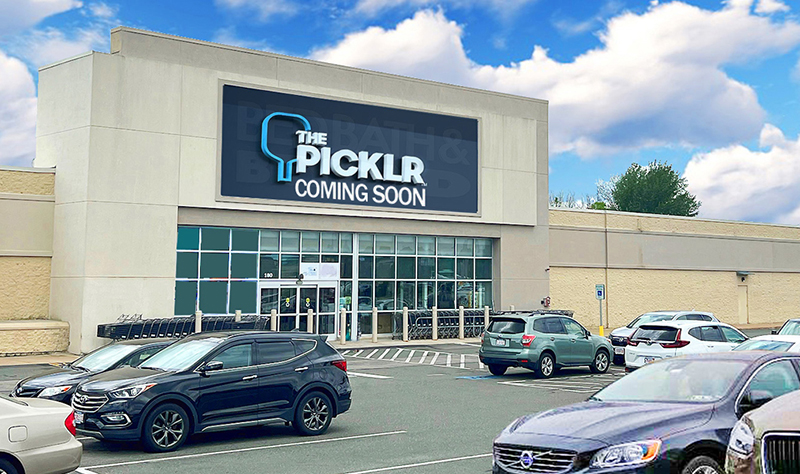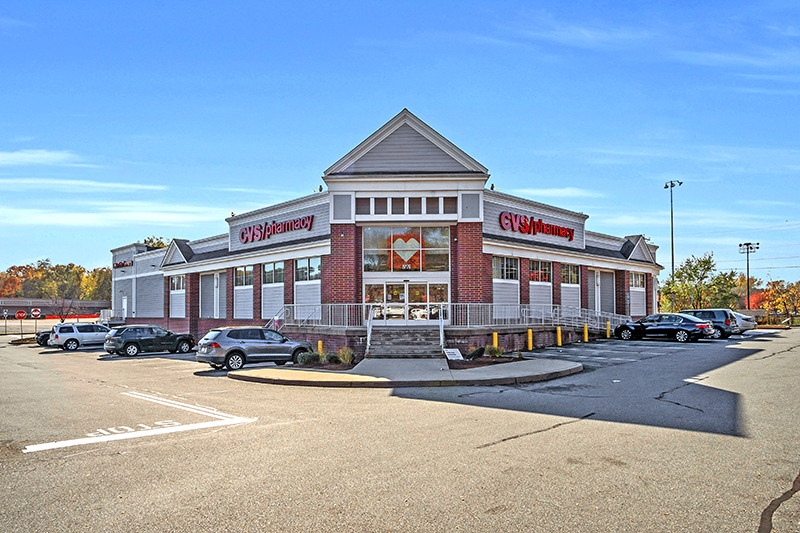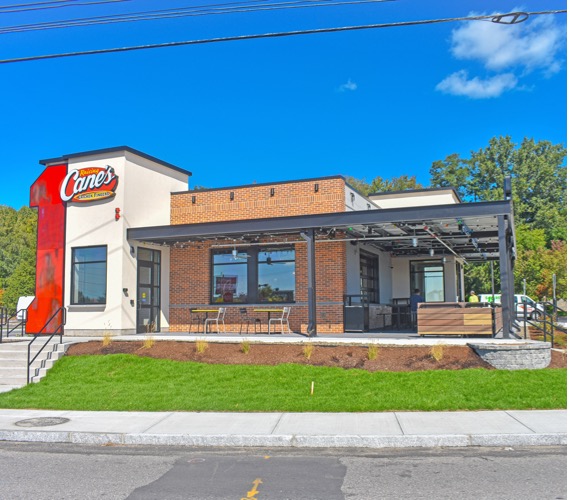News: Retail
Posted: January 23, 2008
Retail construction - Dimeo Construction's perspective 2008: Green construction on the rise
Growing sub prime mortgage woes, tightening access to plentiful and cheap debt, slowing consumer spending and retail sales, an oversupply of retail space, increasing energy costs, falling commercial real estate values, as well as shifting consumer tastes and buying preferences - all point to what many real estate experts believe may be the start of a period of realignment in retail construction in the US that presents both challenges and opportunity.
History of Adaptation
A brief review of the recent evolution of the retail real estate industry during the past 15 or so years is very fascinating. One can easily remember the start of this latest era with the emergence of the ever larger strip malls featuring anchor stores, which in turn morphed into various versions of the "Power Center", and coincided with a trend of repositions and expansions to the traditional enclosed mall. That wave of adaptation was followed by phenomenal growth of the open air outlet, with today's venues blending elements of new urbanism, themed retail, life style and mixed use components featuring ever more amenities for the shopper. The latest evolution of retail construction in the United State has closely paralleled growth in US disposable income and increasing consumer discretion reflecting the purchase decision.
Consumer Preference
It is almost impossible to predict the ultimate effect that current economic and consumer preferences will have on the programmatic and operational plans of future retail construction. A couple of interesting trends though are fairly clear and include, that consumers will increasingly seek out differentiation on the basis of best value, convenience and social responsibility. Whether they are shopping for a new car or household furnishings, consumers are more and more drawn to retailers that position, brand and distribute their merchandise in the proper economic hierarchy as well as increasingly demonstrate a meaningful position on the environment. A significant portion of that positioning and distribution strategy will involve location and accessibility, as well as the type of building they merchandise from and policies regarding sustainability.
High Performance
Retail Construction
Several new and exciting LEED certification initiatives, proposed by USGBC and the retail community, are currently in the pilot development and public commenting stages of development. These initiatives will greatly enhance the developer's flexibility to construct and adapt retail real estate for formal certification. Much of this change is being driven from increasing consumer social consciousness and a desire to understand the systemic impact of their consumption on our wider environment. This growing awareness will continue to favor purchasing decisions with retailers who embrace and promote green practices in their operations. Consuming less energy, producing less greenhouse gases and reducing solid waste are all areas of focus with many, if not most, retailers. Multi-modal transit orientated development will also emerge as an increasingly important consideration, particularly in the approval of new developments, as well as present a unique opportunity for creative adaptive reuse strategies.
A recent Price Waterhouse Urban Land Institute Report titled Emerging Trends in Real Estate reported that while green projects can add as much as 10% to a project's cost, the energy savings realized can approach 35%. Retailers, including General Growth Properties, IKEA, Simon Properties, Target, and Kohl's are leaders in embracing formal sustainability policies with regard to their construction and business operations while aligning these positions with their corporate brand equity. Many retailers are even beginning to study prototype standards for future real estate investments. We expect the current momentum to sustainable retail development to increase rapidly in the United States over the next several years.
Role of the Builder
In addition to embracing sustainable high performance building practices, retailers will continue to seek ways to innovate through new approaches to supply chain management, incorporating sustainable operating and construction practices and the development of new merchandising venues. These trends will continue to result in major changes in how retail projects are programmed, designed and constructed. In order to compete successfully, builders and construction managers will need to also innovate and adapt to this evolution. Increasingly, key considerations that retailers seek in their collaborations with builders will be resources and capabilities such as highly qualified, motivated and service orientated LEED accredited professionals. Builders that offer a broad spectrum of technical capabilities, including the ability to accurately model systems costs and perform pricing evaluations that incorporate BIM technologies, as well as the flexibility to adopt various approaches of non-traditional project delivery will be best positioned to compete in the changing retail environment.
Brad Dimeo is president and CEO at Dimeo Construction, Co., Providence, RI.
Tags:
Retail
MORE FROM Retail
Mace of KeyPoint Partners negotiates 36,192 s/f lease for The Picklr at Endicott Square
Danvers, MA KeyPoint Partners (KPP) negotiated a lease with the nation’s premier indoor pickleball venue The Picklr at Endicott Sq. Vice president of retail brokerage Don Mace negotiated the transaction on behalf of the landlord.

Quick Hits




.jpg)


